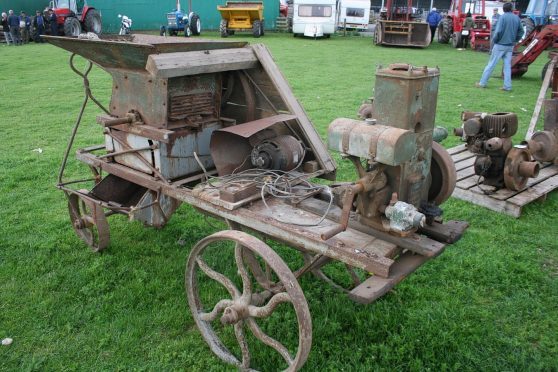Go down the stationary engine lines at any vintage show or rally and you will always come across several examples of the Lister D.
Many keep walking giving the engine scant regard, perfectly understandable considering the large numbers in preservation.
However last year there was an event near the Lister factory at Dursley in Gloucestershire which was only for Lister Ds and what was more remarkable was that there were hardly two the same. The event was held to mark the 90th Anniversary of the introduction of this hugely important little petrol engine.
It was back in November 1926 when the first D was sold to Goodwin and Barsby & Co Ltd. of Leicester. Lister, which was a large-scale manufacturer of farm machinery, sheep shearing equipment and engines, benefited greatly from the success of this engine which remained in production until 1964 – a remarkable 38 year production run.
They were built at a time when stationary engines were needed in their thousands in agriculture, manufacture, construction, domestic and service use.
Before the widespread arrival of mains electricity the little engines were used to power all types of equipment including electricity generating plants for households and other buildings.
In farming these engines, and the Lister D in particular, powered elevators, potato dressers, milking machines, saw benches, sheep shears, water pumps, root cleaners and turnip cutters.
Prior to the arrival of the Lister D a great many American engines from the likes of Amanco found favour but the little D proved to be reliable and economic and its smaller size required less room. This opened up a whole new range of uses for the type.
Over the years various improvements were made to the Freeman-Sanders design and a number of options became available. Differing governor settings and speeds could change horsepower ratings from 1hp upwards. Different magnetos, carburettors and valve gear were also fitted and there were changes in the combustion chamber. There were reverse direction engines, radiator cooled ones and some that ran on paraffin. Production shifted from Dursley to Wroughton in 1948 and began to diminish from 1958 however it did not stop 250,000 of these little icons from being built in differing specifications.
